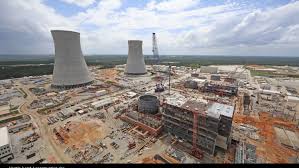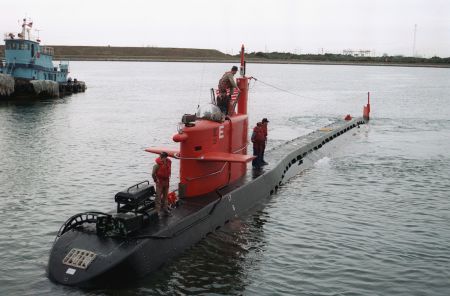Georgia Power Co. Thursday told state regulators it wants to continue the Vogtle nuclear power plant expansion in spite of sharply higher estimates of the cost to complete the project.
The recommendation from the Southern Co. subsidiary to the Georgia Public Service Commission means that at least part of the new wave of nuclear construction in the U.S. might be salvaged. Recently, owners of a plant in South Carolina abruptly halted construction of two new nuclear reactors due to cost overruns.
Georgia Power said that the total capital cost of the project is now expected to be about $19 billion, compared with an estimate of $9.7 billion in 2008. That figure doesn’t include financing costs.
Georgia Power Chief Executive Paul Bowers said the company took the long view…Once complete, the two new nuclear units will be in service for 60 to 80 years, he said. “There are naysayers in the marketplace but they are looking at it in the short-term perspective,” Mr. Bowers said. ..
Plant Vogtle in Georgia and V.C. Summer in South Carolina were supposed to be the leading edge of the next generation of nuclear reactors in the aging U.S. nuclear power fleet. They are years behind schedule and billions of dollars over budget, and main contractor Westinghouse Electric Co. has filed for bankruptcy. In July 2017, owners abandoned work on the half-built South Carolina project, due to swelling costs.
Excerpts from Georgia Power Persist in Project, Wall Street Journal, Sept. 1, 2017

